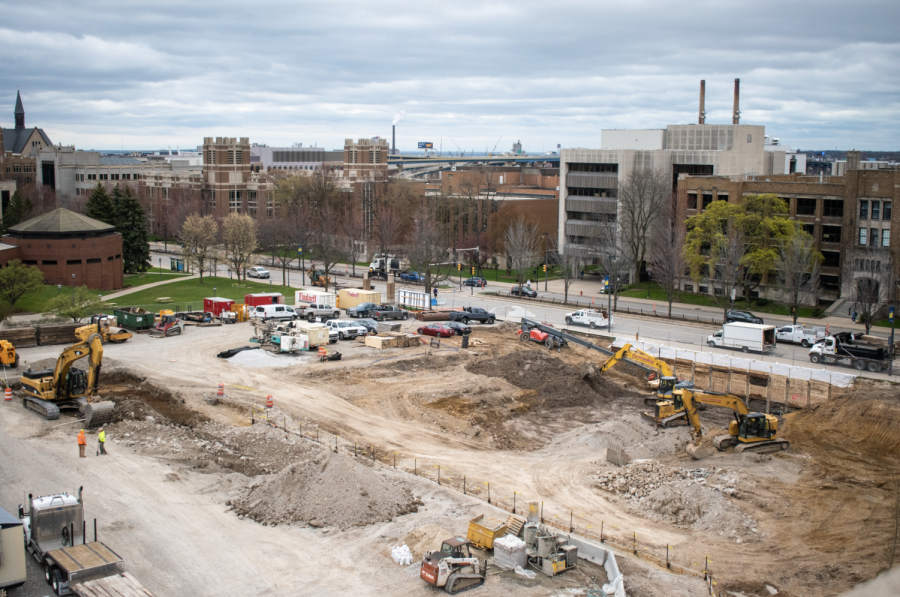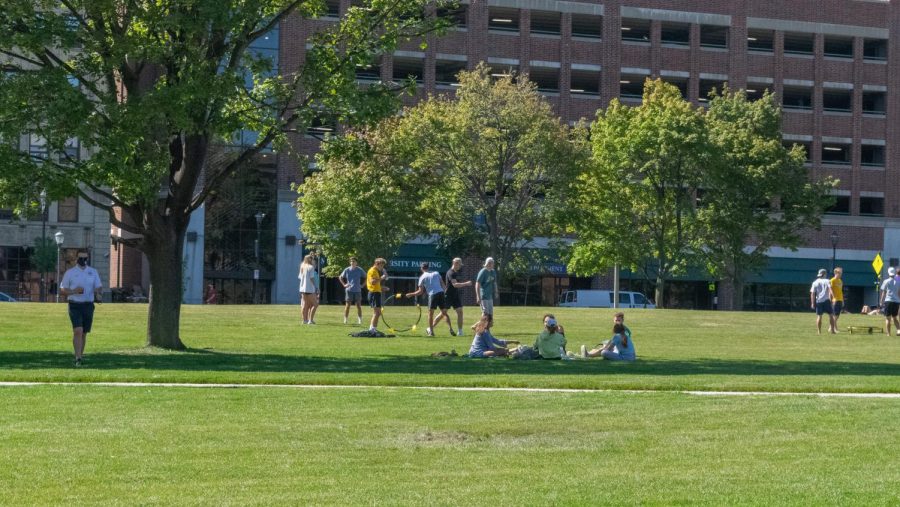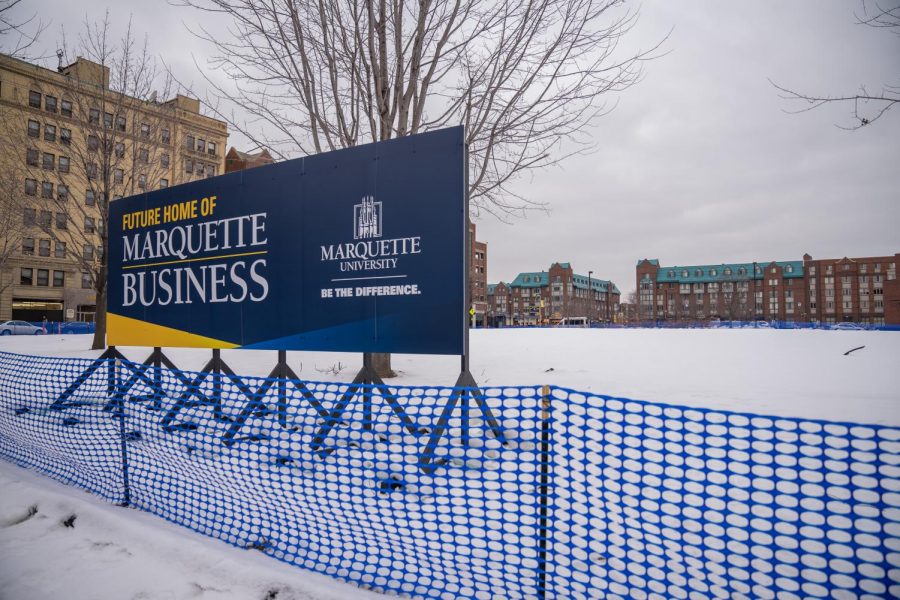When individuals think of Wild Commons few students are aware of the green roof on top of the new dorm.
The roof holds a layer of vegetation that benefits the innovative facility by saving money, helping the environment and being a unique addition to the campus.
Brent Ribble, the university campus sustainability coordinator, said Wild Commons sets an example for all sorts of building styles.
“It demonstrates sustainability leadership. It shows we are committed to making Marquette greener and giving our students a sustainable ecosystem in which to live and thrive,” Ribble said.
The green space is open for maintenance workers, and students are not allowed on the roof, Ribble said.
Lora Strigens, vice president of planning and strategy, said the green roof demonstrates the university’s modernization efforts.
“We like to think of the new residence hall as ‘state-of-the-art.’ This is the first new residence hall that Marquette has built in 50 years, and a lot has evolved relative to design and amenities,” Strigens said.
Alec Huynh, a sophomore in the College of Engineering and a resident assistant in Eckstein Tower, said he thinks green spaces are beneficial in urban environments.
“It’s always nice to see green space living in the city, and more plants are always good for the environment,” Huynh said.
The green roof absorbs excess water in order to help the facility operate efficiently and in an environmentally friendly way, Ribble said. He added that the green roof has multiple purposes.
“(It) reduces stormwater runoff and protects our rivers and lakes, insulates the building, improves air quality, reduces the urban heat island effect, promotes wildlife and more.”
The green roof on Wild Commons is not the only campus building with a green roof. The engineering hall also has a vegetated roof, Ribble said.
He said the green roof and environmentally light design of Wild Commons is just one of the many examples of Marquette’s initiative to fill the campus with more green spaces.
Ribble said the green roof of the engineering hall reduces water runoff and saves energy costs, serving a similar purpose as the green roof of Wild Commons.
There are more green initiatives beyond the current additions as part of the construction plan for Marquette’s future put forward in the campus master plan. At the core of the the plan for the next 10 to 20 years, the plan will change appearance and foster community, according to the Campus Master Plan website.









